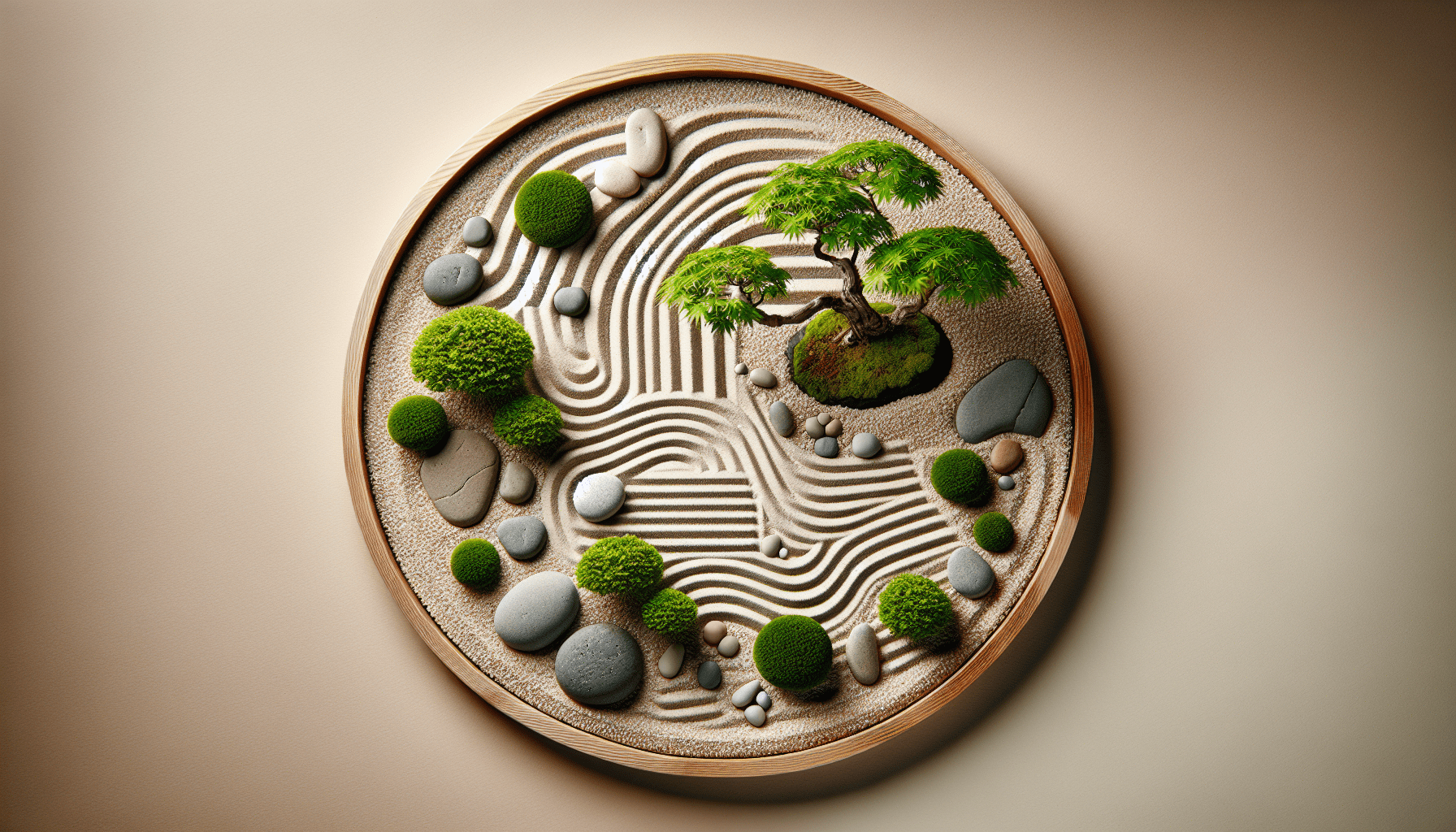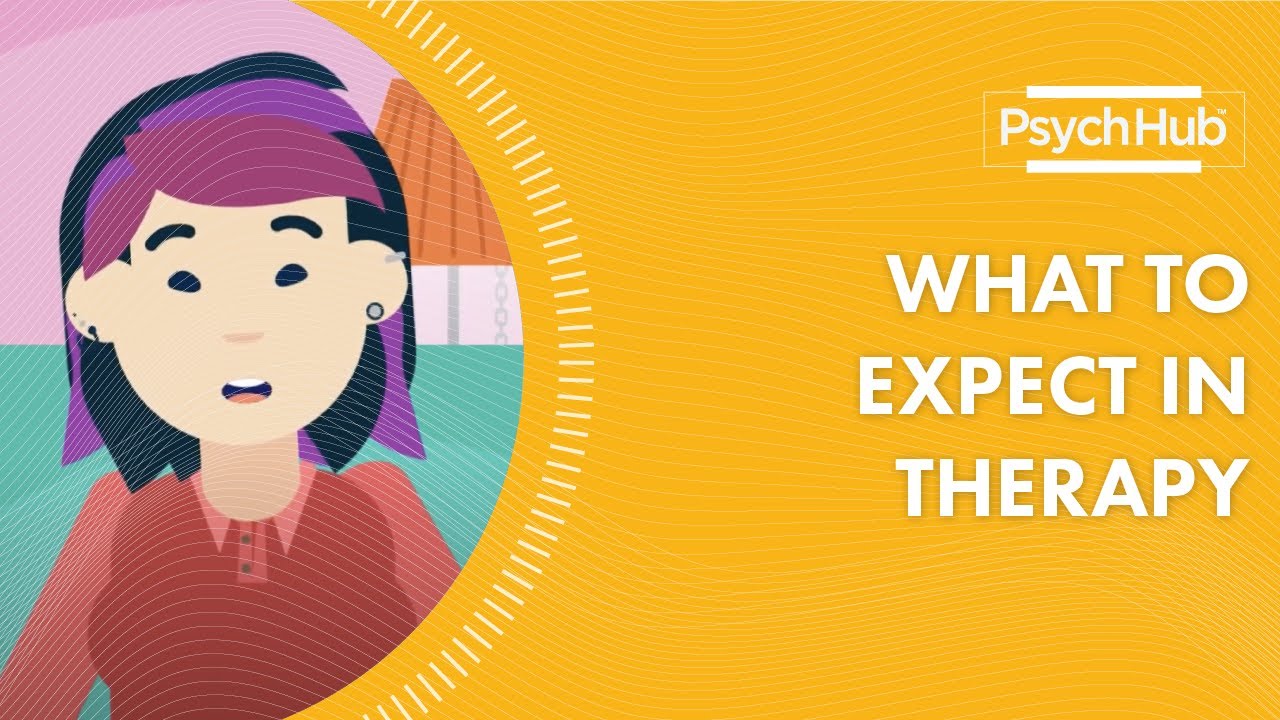Have you ever found yourself in a situation where your anger feels uncontrollable, and you just can’t seem to calm down? Anger is a natural human emotion, but when it spirals out of control, it can lead to regrettable actions and damaged relationships. Understanding how to manage this powerful emotion effectively can make a world of difference in your life.
In this article, you’ll discover five mindful techniques for anger management that can help you regain control and foster emotional regulation. These techniques are not just about suppressing your anger but about recognizing, understanding, and dealing with it constructively.

Understanding Anger and Mindfulness
Before diving into the techniques, it’s essential to grasp why anger arises and how mindfulness can be a valuable tool in managing it. Anger usually stems from feelings of frustration, threat, or injustice. It triggers intense emotional reactions, making it challenging to think clearly or act reasonably.
Mindfulness, the practice of being present and fully engaged in the moment, helps you become aware of your emotions and thoughts without judgment. By incorporating mindfulness into your routine, you can navigate anger more effectively and improve your overall emotional health.
1. Breathing Exercises
Box Breathing
Breathing exercises are a cornerstone of mindfulness practices and can be incredibly effective in calming your nervous system and reducing anger. One such powerful technique is box breathing, also known as square breathing.
Steps for Box Breathing:
- Inhale: Breathe in slowly through your nose for a count of four.
- Hold: Hold your breath for a count of four.
- Exhale: Breathe out slowly through your mouth for a count of four.
- Hold: Hold your breath again for a count of four.
Repeat this cycle several times until you feel your anger level decreasing. This method can make you feel more centered and focused, helping you respond to anger triggers more effectively.
Benefits of Box Breathing
Box breathing not only calms your mind but also increases oxygen flow to your brain, which enhances cognitive function. It activates the parasympathetic nervous system, promoting a state of relaxation and counteracting the stress response driven by anger.
2. Being Vocal About Your Anger
Constructive Expression
Expressing your anger in a controlled and constructive manner can have therapeutic benefits. Bottling up your anger can lead to explosive reactions later, whereas communicating your emotions can release tension and help in resolving conflicts.
Tips for Constructive Expression:
- Use “I” Statements: Instead of blaming others, focus on your feelings. For example, say “I feel frustrated when…” rather than “You always make me angry.”
- Stay Calm: Maintain a calm tone and avoid yelling or aggressive language.
- Be Specific: Clearly express what actions or words made you angry and why.
Benefits of Being Vocal
By being vocal about your anger, you can prevent misunderstandings and build better relationships. It allows you to address issues head-on, reducing the likelihood of recurring conflicts.
3. Visualize the Situation
Reflective Visualization
Reflection is a powerful tool for managing anger. Rather than reacting impulsively, take some time to visualize the situation that made you angry once you have calmed down. This practice can provide new insights into your emotions and triggers.
Steps for Reflective Visualization:
- Find a Quiet Space: Ensure you’re in a calm environment.
- Close Your Eyes: Gently close your eyes and take a few deep breaths.
- Visualize the Scene: Think about the situation that triggered your anger.
- Observe Emotions: Notice the feelings and thoughts that arise without judging them.
- Gain Perspective: Try to see the situation from different angles and understand the underlying causes.
Benefits of Visualization
Reflective visualization can enhance self-awareness and emotional understanding. It allows you to distance yourself from immediate reactions and consider more constructive responses to anger-inducing situations.

4. Relax Your Body
Mindful Body Relaxation
Physical relaxation can significantly impact your emotional state. When your body is tense, it can exacerbate feelings of anger. Mindful exercises like stretching, progressive muscle relaxation, or yoga can help release this tension.
Steps for Progressive Muscle Relaxation:
- Find a Comfortable Position: Sit or lie down in a relaxed position.
- Breathe Deeply: Take a few deep breaths to center yourself.
- Tense and Release: Start with your toes and progressively move up your body, tensing each muscle group for a few seconds and then slowly releasing the tension.
- Stay Mindful: Focus on the sensations of tension and relaxation in each muscle group.
Benefits of Body Relaxation
By tuning into your body’s physical state, you can often catch the early signs of anger and address it before it escalates. Relaxing your body can also improve your overall mood and reduce stress, making you less susceptible to anger.
5. Journal About It
Mindful Journaling
Keeping a journal can be a powerful tool for processing emotions, including anger. Writing about your experience allows you to gain insights into your triggers and patterns.
Tips for Effective Journaling:
- Set Aside Time: Dedicate a specific time each day for journaling.
- Be Honest: Write candidly about your feelings and experiences.
- Identify Triggers: Reflect on what situations or actions tend to make you angry.
- Track Progress: Regularly review your journal entries to observe any patterns or improvements.
Benefits of Journaling
Maintaining a mindful journal helps you become more aware of your emotional landscape. It serves as a space for reflection, allowing you to process your anger and make more informed choices in the future.
Integrating Mindfulness Techniques into Daily Life
Incorporating these mindfulness techniques into your daily routine doesn’t have to be overwhelming. Start small and gradually build your practice. Consistency is key to reaping the long-term benefits.
Creating a Routine
Begin by setting aside a few minutes each day for mindfulness practices. Over time, you can increase the duration and incorporate multiple techniques. For example, you might start your day with a brief breathing exercise, express your feelings constructively during interactions, visualize situations that cause anger in the evening, relax your body through nightly stretches, and end the day with journaling.
Seeking Support
If you find it challenging to manage your anger despite trying these techniques, consider seeking professional support. Therapists and counselors can provide personalized strategies and guidance to help you navigate your emotions effectively.
Conclusion
Anger is a complex emotion that can be difficult to manage, but with mindfulness techniques, you can gain better control and foster emotional regulation. By practicing breathing exercises, being vocal about your anger, visualizing triggering situations, relaxing your body, and maintaining a mindful journal, you can navigate your anger more effectively and improve your overall emotional well-being.
Remember, the goal is not to eliminate anger but to understand and manage it constructively. With practice and patience, you can turn moments of anger into opportunities for growth and self-awareness.
| Technique | Key Steps | Benefits |
|---|---|---|
| Breathing Exercises | Inhale, Hold, Exhale, Hold (Box Breathing) | Calms the mind, increases oxygen flow |
| Being Vocal About Your Anger | Use “I” statements, stay calm, be specific | Prevents misunderstandings, builds better relationships |
| Visualize the Situation | Find quiet space, close eyes, observe emotions | Enhances self-awareness, provides new perspectives |
| Relax Your Body | Tense and release muscles, deep breathing | Reduces stress, improves mood |
| Journal About It | Set aside time, be honest, identify triggers, track progress | Increases emotional awareness, processes anger |
Incorporating these mindfulness techniques into your daily routine can be a transformative journey towards better anger management and emotional health. You deserve to live a life where anger is no longer in control—mindfulness can help you achieve that balance.





